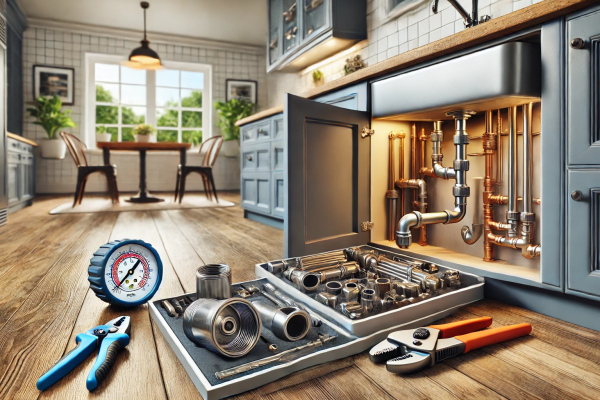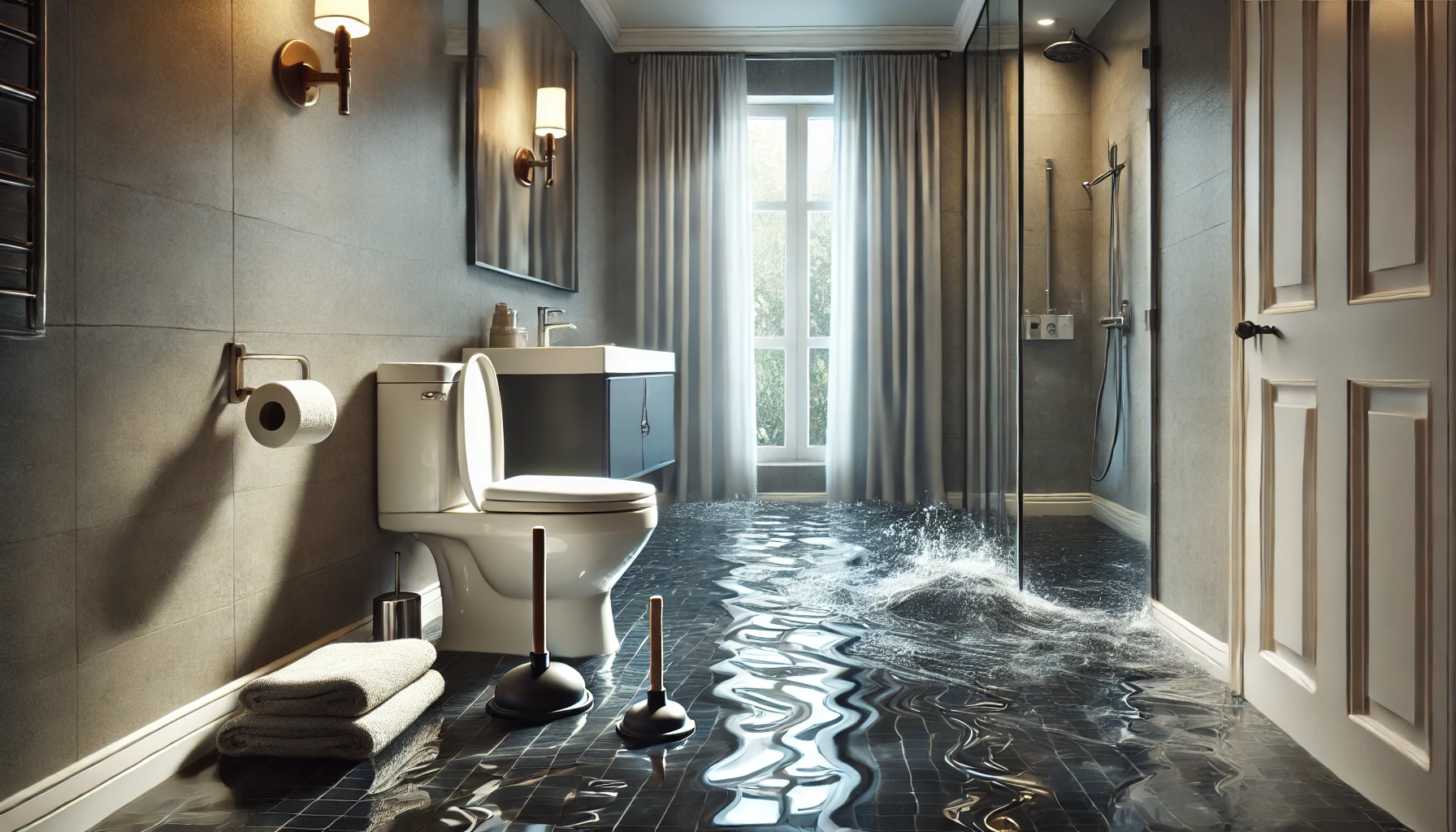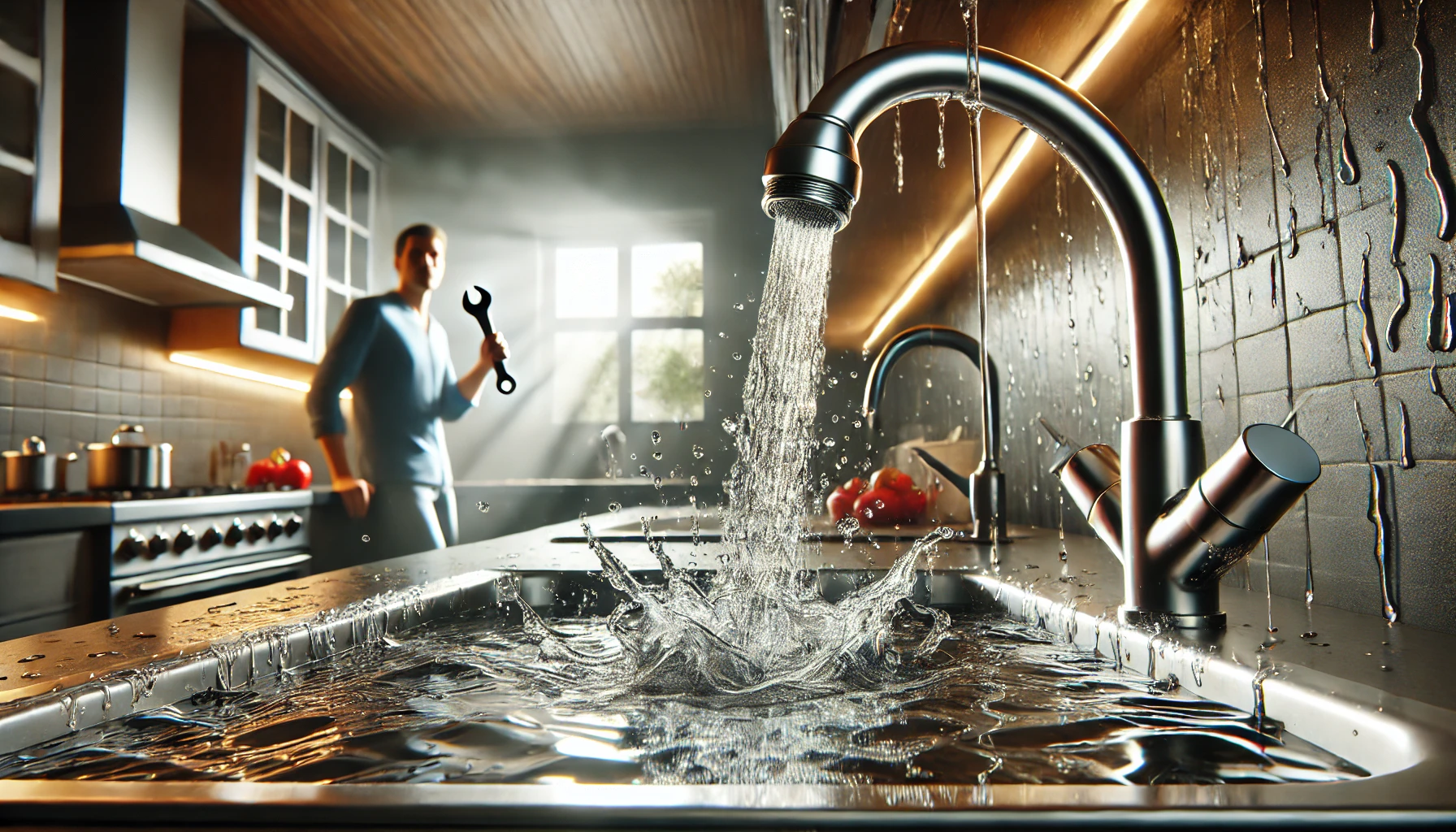
Don't Buy a Home Without a Plumbing Inspection: Hidden Dangers That Could Cost You Thousands
You’ve finally found the perfect home. Spacious kitchen, beautiful floors, and a backyard that feels like paradise. You can already picture yourself living there.
But here’s what many buyers overlook: what’s hiding behind the walls and under the floors?
Plumbing issues are one of the most common and expensive problems in homeownership. While that brand-new bathroom might look flawless, hidden leaks, corroded pipes, and faulty sewer lines can turn your dream home into a financial nightmare.
So before you sign that contract, here’s why a professional plumbing inspection is a must-have step in your home-buying journey.
The Hidden Plumbing Issues That Could Cost You a Fortune
At first glance, everything might seem perfect. Water flows from the faucets, the toilets flush, and there are no visible leaks. But many plumbing problems lurk where you can’t see them—until it’s too late.
Old or Leaking Pipes
In Texas, many homes—especially older ones—still have copper or cast-iron pipes. These materials degrade over time, particularly in hot, dry climates where extreme temperatures can cause pipes to expand and contract.
A client in Austin once bought a home built in the 1970s. Within two months, he found himself standing in three inches of water in his living room. The culprit? A hidden corroded pipe that finally burst. The repair bill? Over $15,000.
Sewer Line Problems
You won’t notice a damaged sewer line until you start smelling foul odors or dealing with slow-draining sinks and toilets. Many Texas homes use septic tanks, which require regular maintenance and inspections.
A family in Houston learned this the hard way. After buying a home with no plumbing inspection, they discovered their septic system was completely failing. Replacing it cost them over $20,000.
Water Heater Failures
Water heaters typically last 10–15 years. If the seller hasn’t maintained it properly, you could face cold showers and even water damage.
Check the water pressure levels too. In some Texas cities, high water pressure (above 80 psi) is common. This accelerates wear and tear on your entire plumbing system, shortening the lifespan of your heater.
Plumbing Issues That Can Put Your Safety at Risk
Plumbing problems don’t just drain your wallet—they can threaten your health and safety.
Gas Leaks
If your new home has gas-powered appliances, a plumbing inspection can detect hidden gas leaks. These leaks can cause fires, explosions, or carbon monoxide poisoning.
A family in San Antonio barely escaped a disaster when, just a week after moving in, their gas pipes started leaking. Their inspector hadn’t checked for gas line issues, and they only discovered the problem when the smell of gas filled their home.
Mold and Mildew
Slow leaks behind walls or under sinks create the perfect conditions for mold growth. In Texas, where humidity levels can be high, mold spreads quickly.
Not only does mold damage your home, but it can trigger allergies, asthma, and respiratory issues, especially in children.
How a Plumbing Inspection Can Save You Money
Some buyers skip plumbing inspections to avoid extra costs, but this decision can end up costing thousands later.
Negotiating Repairs with the Seller
If the inspection reveals major plumbing issues, you can:
- Ask the seller to fix them before closing.
- Negotiate a lower price to cover future repairs.
A couple in Dallas saved $10,000 after an inspection found a failing sewer line. The seller agreed to pay for the repairs before the deal was finalized.
Avoiding Surprise Expenses
Imagine moving in and facing a burst pipe or a clogged sewer within the first month. By spending a few hundred dollars on an inspection now, you could save thousands in unexpected repairs.
What’s Included in a Professional Plumbing Inspection?
A proper plumbing inspection should include:
✔ Checking for leaks (visible and hidden)
✔ Inspecting pipes for corrosion or cracks
✔ Testing water pressure
✔ Examining sewer lines (with a camera if needed)
✔ Checking water heater age and function
✔ Ensuring gas lines are secure
✔ Testing toilets, sinks, and drainage systems
DIY Plumbing Check Before Hiring a Professional
Want to do a basic plumbing check yourself before calling an inspector? Here’s how:
- Turn on all faucets and check for water pressure fluctuations.
- Flush every toilet—watch for weak flushes or slow drainage.
- Check under sinks for moisture or leaks.
- Look at the water heater—if it’s over 10 years old, budget for a replacement.
- Listen for strange noises in pipes (banging sounds indicate issues).
- Walk around the yard—soft spots in the ground could mean a sewer leak.
If anything seems off, call in a professional plumber for a full inspection.
Why Plumbing Inspections Are Especially Important in Texas
Texas homes have unique challenges when it comes to plumbing.
- Hot, dry weather accelerates pipe wear.
- Extreme temperature shifts (from summer heat to sudden winter freezes) cause pipes to expand and contract.
- Many homes use septic tanks, which require routine inspections.
- Hard water deposits build up faster, leading to clogs.
By understanding these regional factors, buyers can better prepare for potential plumbing issues.
Final Thoughts: Don’t Skip the Plumbing Inspection!
Buying a home is one of the biggest investments you’ll ever make. Skipping a plumbing inspection is a gamble you don’t want to take.
An inspection:
✅ Uncovers hidden leaks and damage
✅ Prevents safety hazards like gas leaks and mold
✅ Saves you thousands in future repairs
✅ Gives you peace of mind before signing the contract
Before you fall in love with a home, make sure the plumbing system won’t turn it into a nightmare. Spend a little now on an inspection—or risk paying a fortune later.
And remember—when in doubt, hire a professional plumber before making your final decisio






